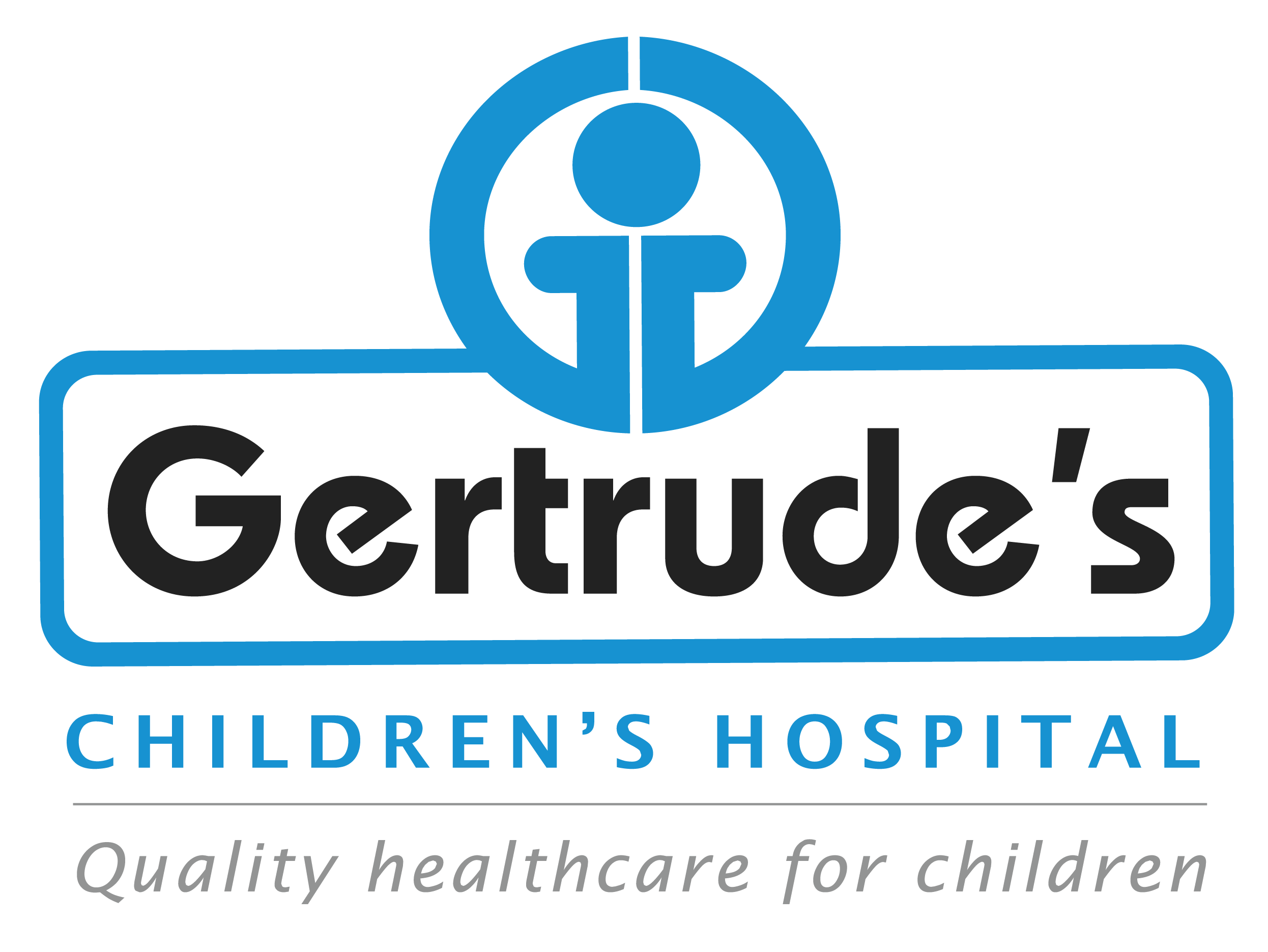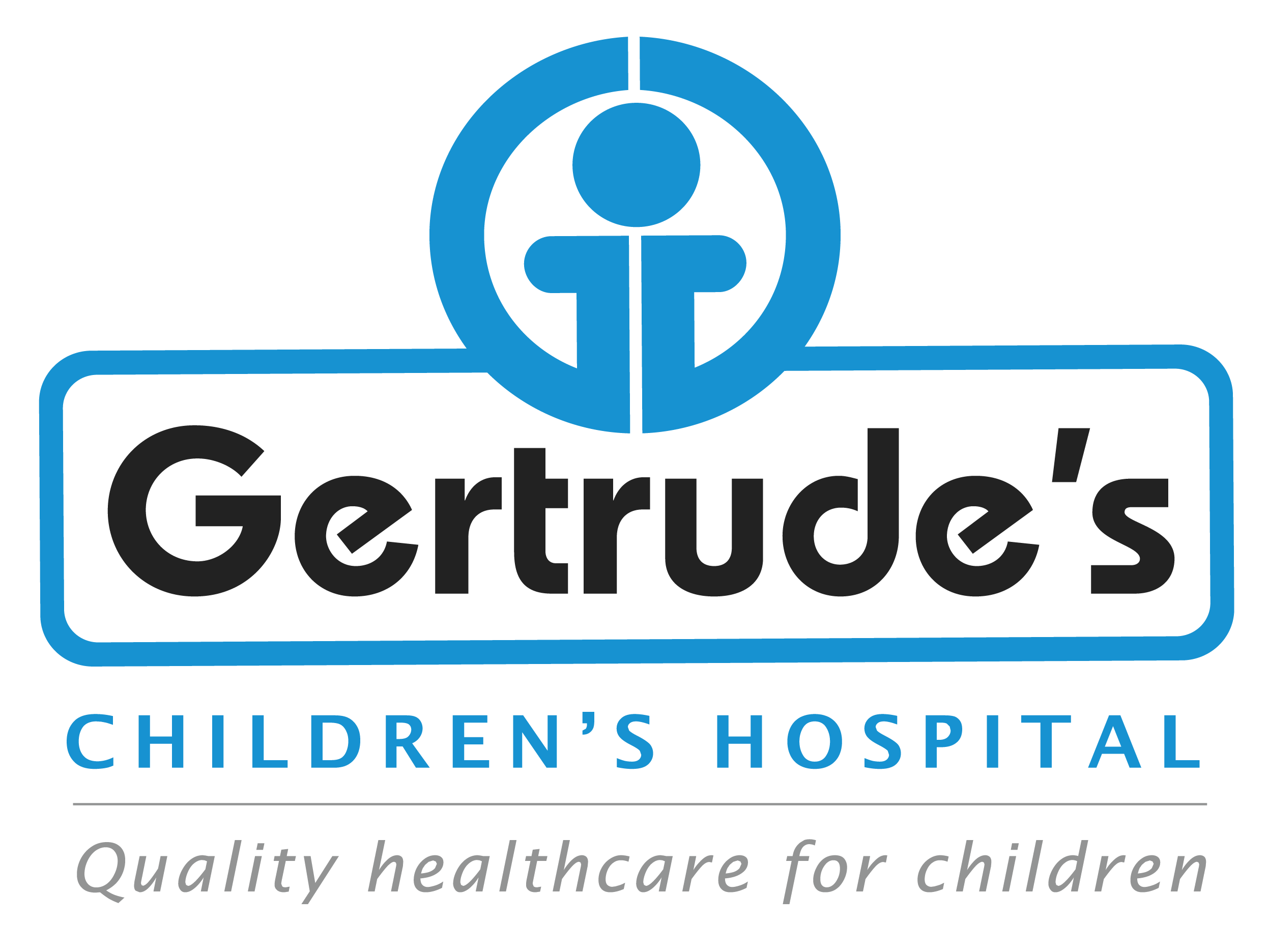Hepatitis D, also known as Hepatitis Delta, is a rare but serious liver infection that can occur in children and adolescents. It is caused by the Hepatitis D virus (HDV), which only affects individuals who are already infected with the Hepatitis B virus (HBV). This makes Hepatitis D an additional complication on top of Hepatitis B, leading to more severe liver disease if not properly managed. In this article, we’ll explore what Hepatitis D is, how it affects children, and what parents can do to ensure proper care and management of the condition.
Symptoms
- Fatigue and tiredness: Children may feel unusually tired even with normal activities.
- Yellowing of the skin and eyes (jaundice): A common sign of liver issues.
- Abdominal pain, particularly around the liver: This may be a sign that the liver is inflamed.
- Nausea and vomiting: Gastrointestinal symptoms can accompany liver infection.
- Dark urine and pale stools: These are often signs of liver dysfunction.
- Fever: Mild to moderate fever may occur with the infection.
- Loss of appetite: Children may not feel hungry and could lose weight as a result.
Causes
- Co-infection: When a child gets both Hepatitis B and D viruses simultaneously.
- Superinfection: When a child already living with Hepatitis B acquires Hepatitis D later on. This form of infection is more dangerous and more likely to lead to severe liver complications.
Diagnosis
- Medical History and Symptoms: A doctor will start by asking about the child’s symptoms and any possible exposures to the Hepatitis B or D viruses.
- Blood Tests: Blood tests are used to detect antibodies to the Hepatitis D virus and to confirm co-infection or superinfection with Hepatitis B.
- Liver Function Tests: These tests help assess how well the liver is functioning and determine the level of liver damage.
- Imaging Tests: Ultrasound or other imaging scans may be used to check for signs of liver inflammation, fibrosis, or cirrhosis.
Treatment Options
- Currently, there aren’t any treatments specifically designed to target Hepatitis D virus (HDV).
- Treatment primarily focuses on managing Hepatitis B (HBV) infection since HDV relies on HBV to cause hepatitis.
- Some small studies have suggested that interferon (IFN) might be the most effective treatment available, but more research is needed to determine the best approach.
- The treatment plan should be tailored to each individual patient’s needs.
Liver Support
- Dietary Changes: Children with liver disease are often advised to follow a balanced diet rich in nutrients that support liver health, such as lean proteins, fruits, and vegetables. Avoiding fatty foods and processed sugars is key.
- Hydration and Rest: Ensuring children are well-hydrated and get plenty of rest can help support the liver’s healing process.
Monitoring
Children with Hepatitis D require regular follow-ups with a liver specialist. This ensures that any progression in liver damage is detected early and treated promptly.
Liver Transplant
In severe cases where the liver has suffered irreversible damage, a liver transplant may be necessary. This is typically reserved for advanced cases where medical therapy is no longer effective.
Why Choose Us
Expert team
Our pediatric specialists have extensive experience in treating children.
Personalized care
We create treatment plans that fit each child’s unique needs
Support and education
We teach children and families how to care for them and prevent future cases
Advanced treatments
Access to the latest treatments and products
Contact
Please feel free to contact us with any general or medical enquiry by calling us.





